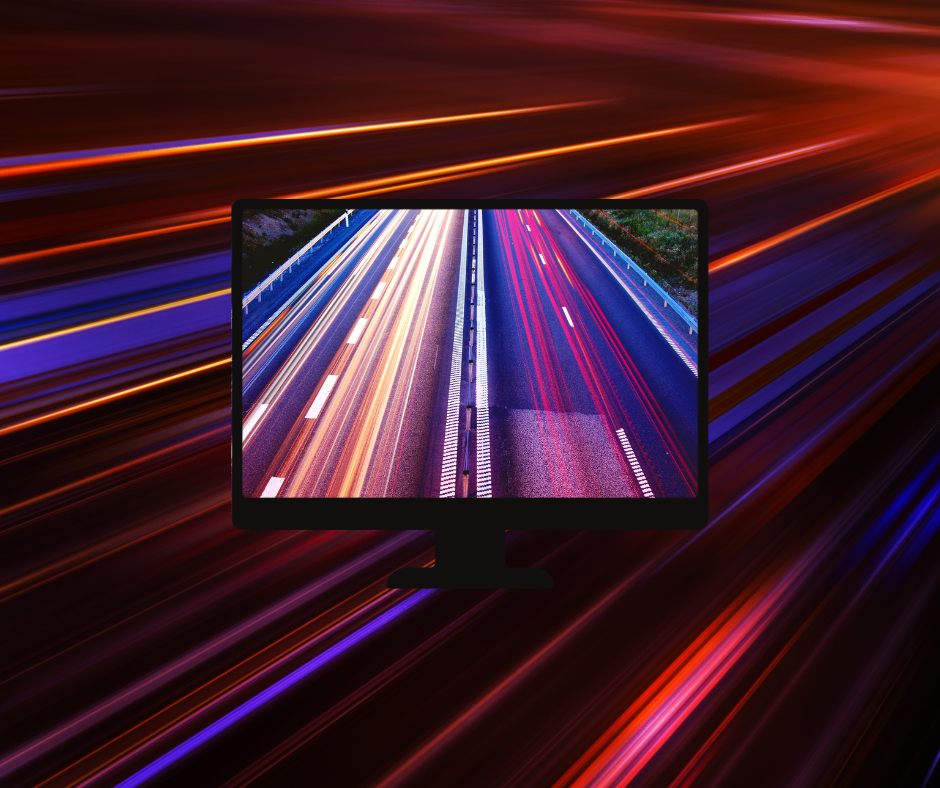Windows 11 is a powerful operating system, but over time, your PC may start to slow down due to various factors. In this guide, we’ll explore five proven tips to help you speed up your Windows 11 PC and enhance its overall performance. Whether you’re a casual user or a non-technical individual, these troubleshooting steps are designed to be accessible and effective.
1. Optimize Startup Programs:
Identifying and Disabling Unnecessary Startup Programs
When you turn on your computer, numerous programs launch automatically, contributing to slower startup times. To address this:
Step 1: Right-click on the taskbar and select “Task Manager.”
Step 2: Navigate to the “Startup” tab.
Step 3: Disable unnecessary programs by right-clicking and selecting “Disable.”
By limiting startup programs, you can significantly reduce the time it takes for your Windows 11 PC to boot up.
2. Perform Disk Cleanup:
Freeing Up Disk Space for Improved Performance
Over time, your computer accumulates temporary files and unnecessary data, which can affect its speed. To clean up your disk:
Step 1: Press the Windows key and type “Disk Cleanup” in the search bar.
Step 2: Select the drive you want to clean and click “OK.”
Step 3: Check the boxes for the file types you want to delete and click “OK” to initiate the cleanup.
This process helps reclaim valuable disk space and can lead to a noticeable improvement in system responsiveness.
3. Update Your Drivers:
Ensuring Hardware Compatibility and Performance
Outdated or incompatible drivers can hinder your PC’s performance. Follow these steps to update your drivers:
Step 1: Right-click on the Start button and select “Device Manager.”
Step 2: Locate the device with outdated drivers (indicated by a yellow triangle).
Step 3: Right-click on the device and choose “Update driver.”
By keeping your drivers up to date, you ensure optimal compatibility and performance for your hardware.
4. Adjust Power Settings:
Balancing Performance and Energy Efficiency
Windows 11 has power plans that control how your PC uses energy. Adjusting these settings can strike a balance between performance and energy efficiency:
Step 1: Press the Windows key and type “Power & sleep settings” in the search bar.
Step 2: Select “Additional power settings.”
Step 3: Choose a power plan that suits your needs, such as “Balanced” or “High performance.”
This adjustment can lead to a more responsive system without sacrificing energy efficiency.
5. Check for Malware and Viruses:
Ensuring a Secure and Speedy System
Malware and viruses can significantly impact your computer’s performance. Regularly perform scans to ensure your system is free from malicious software:
Step 1: Install reputable antivirus software if you don’t have one already.
Step 2: Run a full system scan to detect and remove any threats.
Keeping your system clean from malware not only improves performance but also enhances the overall security of your Windows 11 PC.
By following these five proven tips, you can revitalize your Windows 11 PC and enjoy a faster and more efficient computing experience. Remember, regular maintenance is key to keeping your system running smoothly, even for non-technical users.

